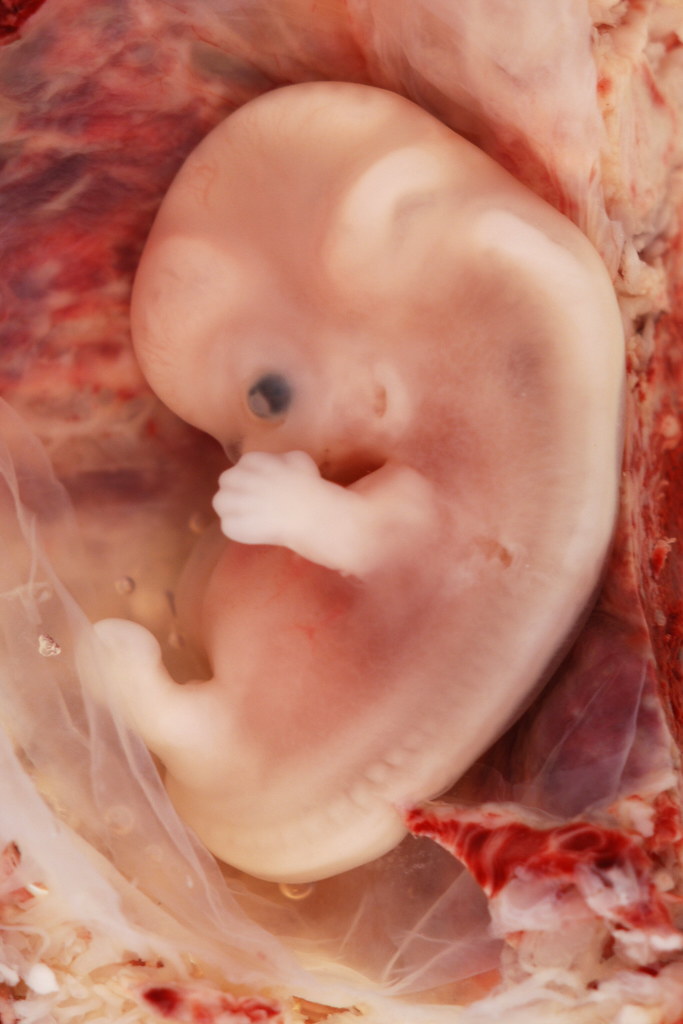Chapter 10: Marine Vertebrates
Four diagnostic features characterize species in the phylum Chordata:
1) The notochordis a malleable rod running the length of the organism’s body, to which the rest of the skeletal structure relies upon for foundational support;
2) the presence of a tail extending past the anus;
3) a hollow, dorsal nerve cord (becomes the spinal cord in humans!);
and 4) pharyngeal gill slits, with the ability to be modified for specialized functions in mature vertebrates.
Though this might sound outlandish, but since we are chordates, even all human fetuses early in development have gills!

There are many classes that comprise the phylum Chordata. These classifications and their relationships are constantly reassessed with taxonomic research and our continued development of our understanding of life on Earth. There are many marine chordates. They include invertebrates, such as sea squirts, and vertebrates, such as fish, seabirds, sea turtles, and marine mammals.
The information in this chapter in thanks to content contributions from Jason Charbonneau
By Keddy (University of California, Davis), is shared under a not declared license and was authored, remixed, and/or curated by LibreTexts. Download this book for free at https://geo.libretexts.org/Courses/Diablo_Valley_College/OCEAN-101%3A_Fundamentals_of_Oceanography_(Keddy)

